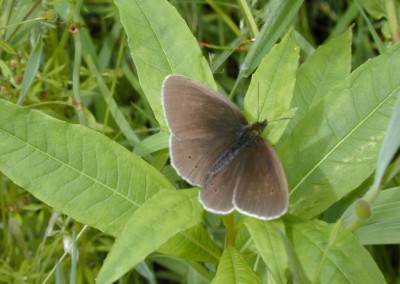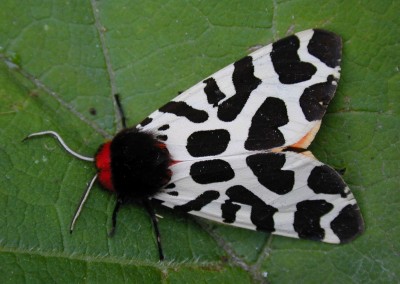Survey
Butterflies are day flying insects comprising the true butterflies and skippers. Moths are 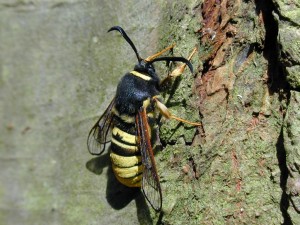 closely related to butterflies and there are approximately 2,500 moth species compared to around 60 butterfly species in the UK. Like butterflies, moths come in a huge variety of shapes, sizes and colours and can be found in most habitats all year round. They are one of the most diverse animal groups on the planet.
closely related to butterflies and there are approximately 2,500 moth species compared to around 60 butterfly species in the UK. Like butterflies, moths come in a huge variety of shapes, sizes and colours and can be found in most habitats all year round. They are one of the most diverse animal groups on the planet.
Butterflies and moths (Lepidoptera) act as important ecological indicators of the health of an ecosystem. They have high reproductive rates, very short life cycles and often require specialised habitats to survive. They have a vital role as plant pollinators and are an important food source for birds, other insects and mammals such as bats.
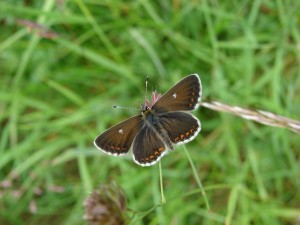 Barrett Environmental Ltd survey for butterflies using methods based on the UK Butterfly Monitoring Scheme. Data are analysed to provide a comprehensive overview of how the site is used by butterflies and what species are present.
Barrett Environmental Ltd survey for butterflies using methods based on the UK Butterfly Monitoring Scheme. Data are analysed to provide a comprehensive overview of how the site is used by butterflies and what species are present.
This information can be used to prepare site management advice.
Moth surveys use a variety of techniques including specialist traps and sugaring.
Legislation
Butterflies and moths are protected under the Wildlife and Countryside Act 1981 Schedule 5.
With certain exceptions and exemptions (see below), it is an offence (without a licence) to:
 Intentionally to take animals listed on Schedule 5 from the wild;
Intentionally to take animals listed on Schedule 5 from the wild;- Intentionally to kill or injure these wild animals;
- To possess any of these wild animals (live or dead, including eggs, caterpillars and pupae, as well as adults) or any part or derivative of them;
- Intentionally or (in England and Wales) recklessly to damage, destroy or obstruct the places these animals use for shelter and protection;
- Intentionally or (in England and Wales) recklessly to disturb these animals when they are using such places, to trade in any of these wild animals (live or dead) or any part of them.
Some butterfly and moth species including the dingy skipper are listed as Species of Principal Importance under the NERC Act (2006).

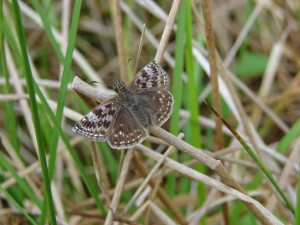 Intentionally to take animals listed on Schedule 5 from the wild;
Intentionally to take animals listed on Schedule 5 from the wild;